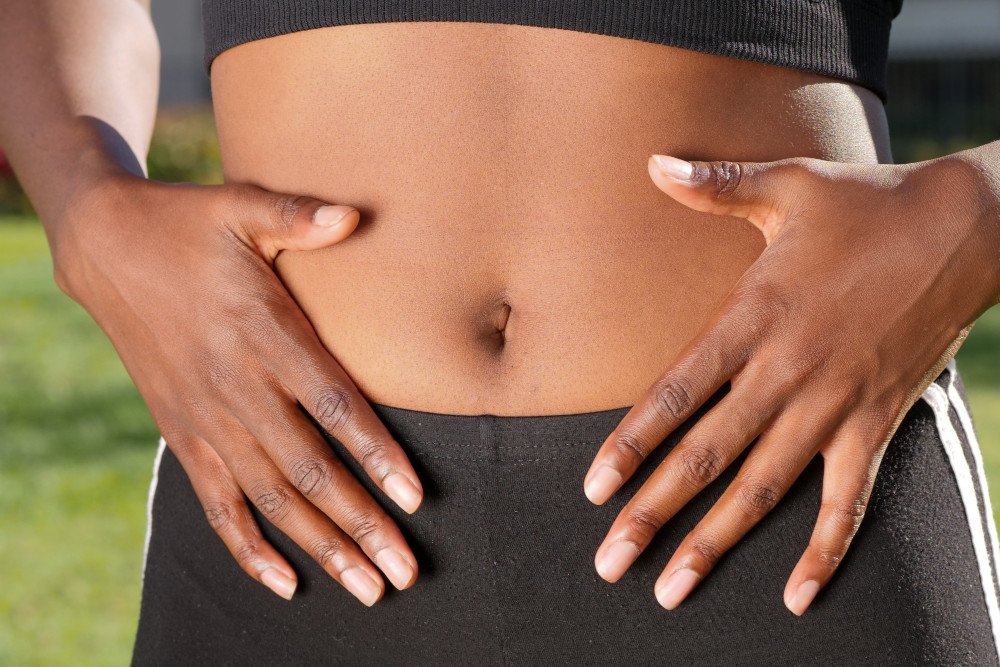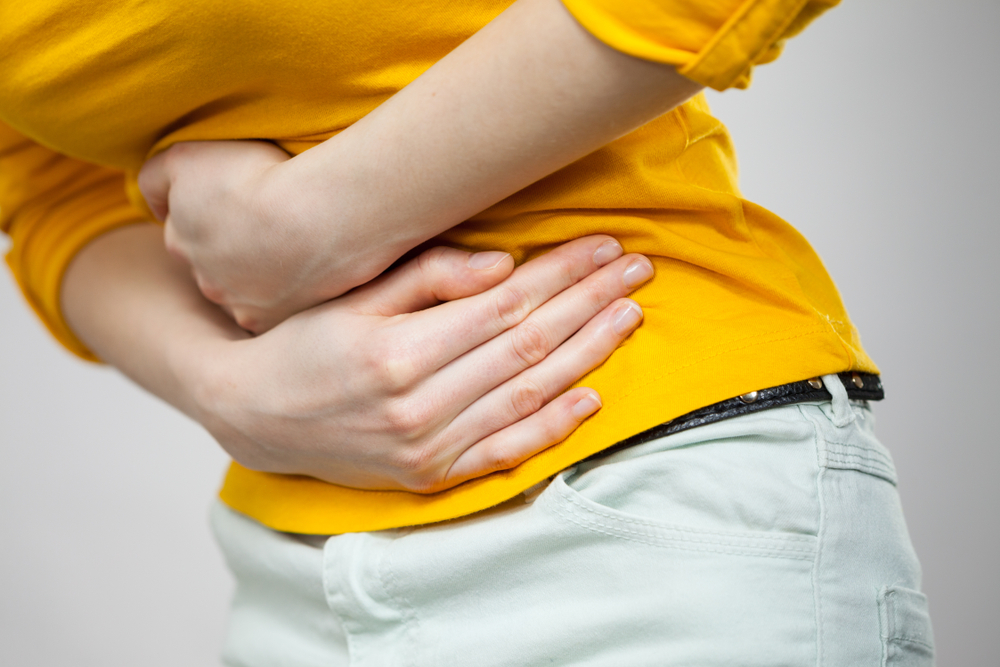Don’t Neglect the Health of This Little Hole!
Don't Neglect the Health of This Little Hole!
In today’s society, internet celebrities on TikTok and Instagram often get a lot of attention for their skincare routines, which range from facials to arm and chest treatments. However, have you ever thought about navel care? While the belly button doesn’t require any special skincare routine, neglecting its hygiene can lead to some not-so-pleasant secretions. After all, post-workout sweat, dirt, lint, and even the tequila you drank while vacationing in Cancun can accumulate in that little hole-even if your bellybutton is protruding!

While some belly button secretions are harmless, a mixture of all these components can eventually lead to a variety of infections, especially if you have a belly button ring, are obese, or are diabetic. Some belly button discharge may be caused by poor hygiene after a recent surgery.
Bacterial or Yeast Infections in the Belly Button Area
According to Singh, the most common odor in the belly button can come from a bacterial or fungal infection. “This can be caused by poor hygiene, excessive sweating, or moisture,” he explains. “Other causes may include belly button piercing, cysts, and skin conditions such as eczema or psoriasis.” According to a 2019 review in the Journal of Clinical Medicine, people with diabetes are especially susceptible to fungal infections such as candida infections if they have poor blood sugar control.
Bacteria and fungi love the dark environment of the belly button. If your belly button is infected, you may notice some redness and swelling. The discharge may look like pus and give off an unpleasant odor from the belly button. The belly button may also be itchy if it’s a yeast infection.
If it’s a fungal infection, your doctor may recommend an over-the-counter antifungal cream; if it’s a bacterial infection, you may need prescription antibiotics. “If symptoms persist for several days, if there is diabetes or a compromised immune system, if there is pain and fever, or if a belly button piercing infection is suspected, you should seek medical attention,” Singh advises.
Less common belly button discharges
Other etiologies may cause some belly button infections. “Discharge that causes concern is usually large in volume, yellow/green/brown in color, has a strong unpleasant odor, is accompanied by pain/redness/swelling, may be mixed with blood, and causes systemic symptoms such as fever or chills,” notes Singh. If you’ve recently had a hernia or laparoscopic surgery, it may lead to a belly button infection. This discharge may look like pus.
If the discharge is noted to be cloudy or bloody, it may be a cystic infection of the urinary bladder tube. The urinary bladder duct connects the umbilical cord to the bladder during development. Although the urethral duct usually disappears before birth, some people may still retain part of it. A cyst may form on the urinary bladder tube and may become infected. In addition to discharge, an infected cystic duct of the urinary bladder may present with symptoms such as abdominal pain, chills, fever and pain during urination.

How to keep your belly button clean

An unpleasant-smelling yellow discharge in the belly button may be an infected epidermoid cyst. Epidermal cysts can form if the hair follicles are blocked. The yellow discharge comes from a ruptured, infected cyst filled with keratin. If the cyst is infected, your doctor will need to drain the cyst and eventually remove it.
The belly button is a pretty diverse environment for bacteria. According to a 2012 article in PLoS ONE, there may be more than 2,300 bacterial species in your belly button. Some of the bacteria help fight off pathogens, similar to your gut microbiome. For this reason, you should clean your belly button properly, but you don’t have to use a tedious regimen like you would with skin care products. Lotions or creams may make the belly button more susceptible to unwelcome bacteria and yeast.
“For home care, I usually recommend gently cleansing the belly button daily with mild soap and water, drying the area thoroughly after cleansing, and considering over-the-counter antibiotic treatments if minor irritation is noted,” suggests Singh. To remove dirt and lint hidden in those little wrinkles and folds, you can use cotton swabs, washcloths, or even your fingers.
Summer heat can cause more sweat to build up in your belly button, so make sure your clothing is loose and made of breathable fabrics, like cotton. If you have or plan to get your belly button pierced, make sure it is done by a qualified professional and use proper sterilization procedures. You also need to follow proper protocols for caring for your piercing, such as cleaning the area twice a day.
